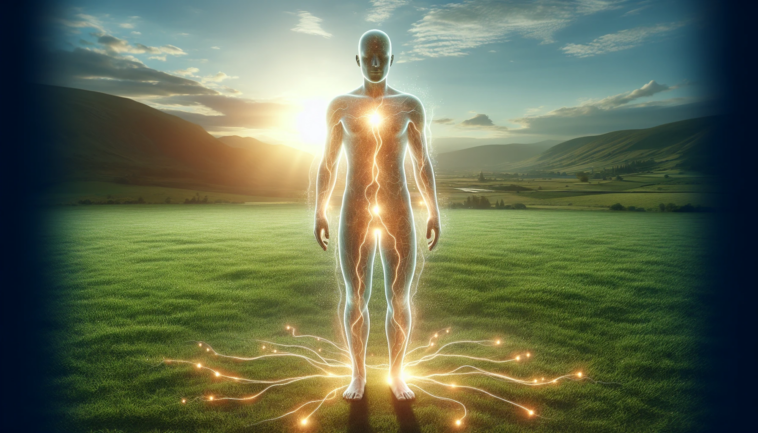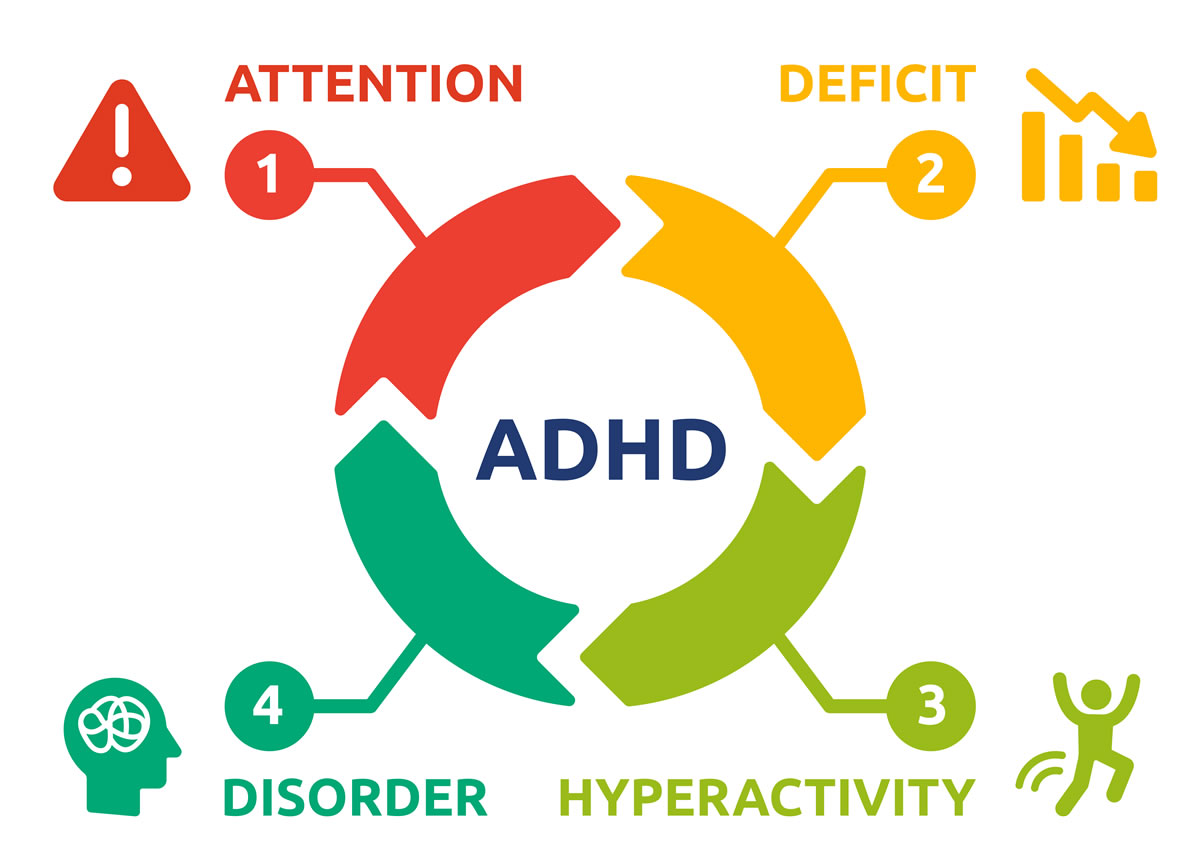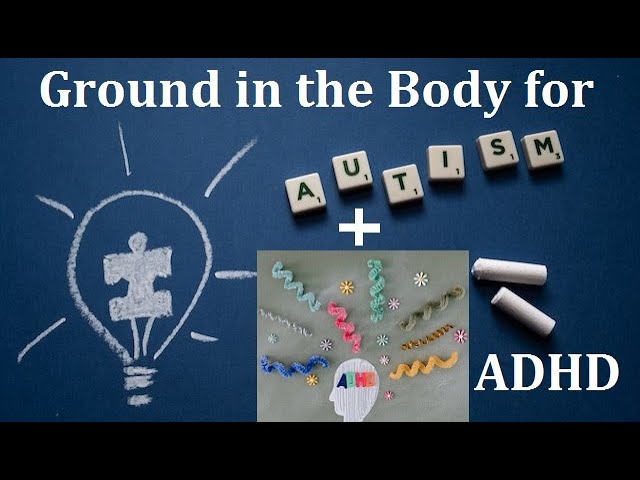
Grounding, also known as earthing, is the most powerful and simplest thing to do to improve your health. This contact of the human body with the earth’s surface has intriguing benefits for a person’s physique. It is a therapeutic technique that involves doing activities that will ground or electrically reconnect you to the earth.

Grounding means a direct contact of skin on the surface of the earth; this can be achieved by walking barefoot or sleeping on grounded surfaces. By doing this, the electrons from the Earth enter the body and improve bodily functions. These electrons act as antioxidants to fight toxins present in the human body. This method is like getting Vitamin D from the sun by soaking it up through your skin, the same way Earth’s energy is transmitted through the bottom of your feet.
Scientific Evidence
The earth is like a gigantic battery that contains a natural electrical charge. With grounding, this charge enters your body and creates balance in your system. It is a way to recharge yourself, just like you recharge your devices, but for the device to charge, it needs to be connected to a power source. Since there is no charging system for you to connect to the environment, earthing techniques help you absorb the earth’s positive charge. There is a science behind this practice that helps in understanding how electrical charges from the earth can have positive effects on the body. The science says that grounding affects the living matrix, a central connector between living cells that contains electrical conductivity. This conductivity functions as an immune system defense, similar to antioxidants, and with grounding, the natural defenses of the body can be restored.

To investigate this theory of grounding and its benefits, various studies and experiments have been carried out on the effects of earthing on sleep, blood flow, inflammation, pain, stress, and overall well-being. The results support the theory and conclude that grounding is in fact beneficial for human health.
Electromagnetic Frequencies (EMFs)
Our bodies have electricity; we are bioelectrical beings living on an electrical planet. The human body transmits and receives electrical signals through our nervous system to regulate each function, which is critical to our health, for example, the cardiovascular system.
It is because our bodies are electrical that we are vulnerable to damage, even from low levels of EMF radiation. With the continuous use of technology such as mobile phones, laptops, and other electronic devices, we are surrounded by electromagnetic frequencies. The radiation emitted from these devices can destroy healthy cells and lead to several health issues. Thus, to protect yourself from this radiation, you need to disconnect from devices and reconnect with nature via grounding.
Types of Grounding/Earthing
Various methods of grounding can be practiced to connect with the Earth. Some are:
- Walking barefoot: One of the easiest ways is to walk without any footwear on grass, sand, or even mud, allowing your skin to touch the natural ground.
- Lying on the ground: There are movies and series where we see a couple or even individuals lying on the ground, creating a peaceful and romantic feeling. This is very helpful to increase skin-to-earth contact; you can do it on the grass or the sand.
- Submersing in water: According to some experts, water can be used to ground in the same way the physical earth is used for grounding. You can do this in a clear lake or by swimming in the ocean.
- Grounding equipment: If it is not possible to go out and connect with the ground, there is equipment available. It is effective to incorporate earthing therapy into your day-to-day life. Grounding mats, sheets or blankets, socks, bands, and patches are some of the tools that can be used for grounding.

Benefits of Grounding
- Reduces inflammation: Most of the time, the reason for ill health is excessive or persistent inflammation. Grounding is the simplest way to address this issue without any side effects.
- Decreases pain: Many studies have shown that people with pain have reported that after practicing grounding, their pain decreased. It has proven to be more effective than modern medication.
- Reduces stress: Stress releases a hormone named cortisol, which kills the brain cells, resulting in devastating health effects. With grounding, cortisol levels are improved, and people are relieved of stress.
- Improves circulation: When you are grounded, your circulation improves, leading to better blood flow and the delivery of oxygen and nutrients to the tissues in the body.
- Improves mood and helps with depression and anxiety: It was found that a few hours of grounding enhances the spirit of people and helps them cope with anxiety.
- Effective against sleep disorders: People who cannot sleep often resort to sleeping pills that are not good for their health. Grounding not only helps you sleep but also improves the quality of sleep; you can sleep peacefully and for a longer period of time.
- Remedy for cardiovascular diseases: One study found that practicing grounding therapy for the long term helps reduce blood pressure levels in people with hypertension.
- Increases heart rate variability: The higher the heart rate variability—the inter-beat between heartbeats—the better the function of the nervous system. This can be associated with better recovery, better emotional resilience, and overall well-being.
Apart from these, grounding is also beneficial for people suffering from developmental disorders.
Developmental Disorders
A developmental disorder, or neurodevelopmental disorder, is a severe, chronic disability of an individual who has a mental or physical impairment. It comprises a group of psychiatric conditions originating in childhood. These disorders comprise developmental language disorders, learning disorders, motor disorders, and autism spectrum disorders. Developmental disorders are present from an early age; most improve as the child grows older, but some entail impairments that continue throughout life.
ADHD
One of the most common developmental problems found in children is attention deficit hyperactivity disorder (ADHD). ADHD is a type of neurodevelopmental disorder that occurs in early childhood. It is characterized by significant levels of hyperactivity, inattentiveness, and impulsiveness. Many of the behaviors that are associated with ADHD include poor control over actions, resulting in disruptive behavior and academic problems. Many children who suffer from ADHD exhibit poor interpersonal relationships and struggle to fit in socially with their peers. Other symptoms may include temper tantrums, mood swings, sleep disturbances, and aggressiveness.

AUTISM
Autism, or Autism Spectrum Disorder (ASD), refers to a broad range of conditions characterized by challenges with social skills, repetitive behaviors, speech, and nonverbal communication. How people with autism learn, think, and problem-solve can range from highly skilled to severely challenged. Some people with ASD may require significant support in their daily lives, while others may need less support and, in some cases, live entirely independently. Several factors may influence the development of autism, including medical issues such as gastrointestinal (GI) disorders, seizures, or sleep disorders, as well as mental health challenges such as anxiety, depression, and attention issues.
Effects of Grounding on ADHD and Autism
Research suggests that children suffering from ADHD and autism should spend more of their time outside. Outside means in the park where there is greenery or where the children can connect with nature. Why nature? What effects do their natural surroundings have on these children?
An experiment was conducted in which a few children with ADHD were given tests that required attention and thinking. After completing the tests, each child completed a 20-minute walk, one in the neighborhood and one in the park. After each walk, the children’s concentration was tested again and compared to the results of the test before each walk. The results showed that focus on the testing tasks improved significantly after a walk in the park, but focus did not improve after a walk in the neighborhood.

This is exactly what grounding does; it connects us with nature, and the results are astounding. However, it may not necessarily cure the disorders, but it improves children's behavior and abilities in every sphere of life. Numerous studies have shown that symptoms associated with childhood challenges such as ADHD can be reduced through spending time in nature; for example, less anxiety and improved concentration.
Earthing will prove helpful with sleep quality (sleep disturbances are a hallmark of autism and autistic spectrum disorders) in some of the sleep-disrupted children and may, in the long term, help with oxidative stress. Oxidation is a normal and necessary process that takes place in the body. Oxidative stress, on the other hand, occurs when there’s an imbalance between free radical activity and antioxidant activity. The free radicals can start doing damage to the fatty tissues, DNA, and proteins in our body.
Grounding has shown promising results with autistic patients. There are two pathways in which the technique might help:
- First by reducing the negative effects of EMF exposure (to which autistic patients are exquisitely sensitive), and Second, by increasing restorative sleep (sleep disturbances are well-known to exacerbate autistic symptoms).
Why is grounding so important for kids with autism and ADHD? These children have an extremely high level of stress and anxiety. Often, they have trouble sleeping at night and have difficulties in social situations. Grounding reduces stress and anxiety, improves sleep, and makes children feel calm and relaxed. Not just kids with developmental disorders, but any kid can benefit from earthing.
Earthing improves social skills, well-being, personal development, communication, emotion, physical activity, decreases hypersensitivity, helps in managing anger, and other issues that are seen in children with developmental disorders.
Conclusion
As Aristotle once said, “In nature, there is something marvelous." So let your children have some form of connection with nature on a regular basis, even if it is just for 20 minutes. And the next time you are at a park or a beach, remember to put down your phone or laptop and relax. Feel nature healing you. Walk bare feet on grass or sand and ‘ground’ yourself!


.png)


